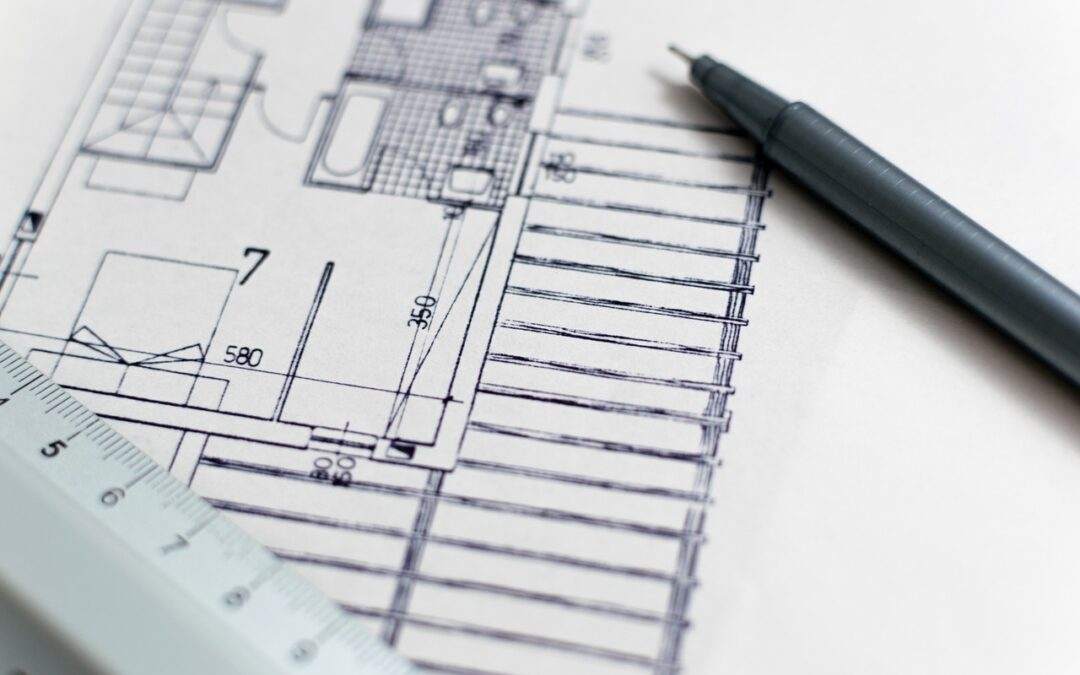The excitement of creating a personalized home tailored to your needs, tastes, and preferences is undoubtedly an exhilarating experience. Riding Homes understand the importance of making well-informed decisions as you embark on this life-changing journey, which is why we’re dedicated to guiding you through every step of the process and ensuring a successful outcome.
Before you jump right into the more known, exciting parts of building a home, one of the most crucial aspects that aspiring homeowners might overlook is choosing the right floor plan. An appropriate floor plan not only reflects your desired style and aesthetics, but also caters to your specific lifestyle, family size, and future plans.
So, how do you determine the perfect floor plan for your dream home? Well, we’ll walk you through important factors to consider when it comes to setting up one of the most fundamental aspects of your home-building journey.
1. Analyzing Your Family Dynamics and Lifestyle Needs
To select the perfect floor plan for your dream home, it’s essential to analyze your family’s specific needs and preferences. Start by looking at your family size and how it may change over time. If you’re planning on having children or accommodating an elderly family member, your floor plan should allow for additional bedrooms or adaptable spaces.
Think about how your family utilizes individual spaces and consider whether an open floor plan or separate living spaces would better suit your lifestyle. For those who enjoy hosting large gatherings, an open-concept kitchen, living, and dining area might be ideal, whereas a more traditional floor plan may better suit families seeking privacy and quiet spaces.
2. Prioritizing Functionality and Accessibility
Once you have a clear understanding of your family’s needs and preferences, the next step is to examine the functionality of different floor plans. Consider aspects such as traffic flow, storage solutions, and ease of accessibility.
Pay attention to how foot traffic moves through the home, especially in communal areas like the kitchen, living room, and entryway. Look for a floor plan that encourages smooth traffic flow and minimizes bottlenecks or unnecessary detours through private spaces.
Effective storage solutions are essential in maintaining a clutter-free and well-organized living environment. Ensure that your chosen floor plan offers ample closet space, pantries, and utility areas to accommodate your family’s storage needs.
Accessibility is another crucial aspect to consider. Widened hallways or passages, elevators, and barrier-free layouts can be beneficial for families with mobility challenges or those planning on aging in place. If you have children, seniors, or persons with disabilities in your household, make sure the floor plan you choose meets their requirements in terms of safety and comfort.
3. Striking a Balance between Aesthetics and Practicality
While it’s important to create a visually appealing home, it’s crucial not to prioritize aesthetics over practicality. To avoid overextending your budget or creating a home that caters to style rather than substance, consider the following:
- Prioritize your must-haves and “nice-to-haves.” Make a list of your top priorities concerning function and aesthetics, such as the number of bedrooms or a specific architectural style, and assign a value to each item. This ranking system can help you better allocate resources and avoid spending on non-essential features that could compromise the functionality of your home.
- Ensure that your chosen floor plan accommodates your lifestyle and incorporates any specific features you require within your budget. For example, if you work from home, a dedicated office space or flex room for a home office setup is a necessity.
- Be mindful of the cost of customization. It’s not unusual for homeowners to want custom modifications, but these can often lead to spiraling costs. Be aware of these pitfalls and make sure to weigh the benefits of customization against your project’s budget constraints.
4. Collaborate with your Home Builder
Finding the right floor plan can be a complex and challenging experience. Thankfully, partnering with a reputable and experienced home builder, like Riding Homes, can make the process less overwhelming. Our team of skilled professionals will work closely with you to understand your needs and preferences, suggest a range of suitable floor plans, and provide invaluable insights that can streamline your decision-making process.
Leverage the advantage of working with an Utah County home builder who can share valuable knowledge about local zoning, building codes, and regulations. Our team can help you identify any potential obstacles affecting your desired floor plan and offer solutions that align with your intentions and goals.
How Your Floor Plan Sets the Foundation for Your Home
Your dream home is more than just a shelter; it’s a place where lasting memories are made and where your family finds peace and comfort. By considering factors like family dynamics, lifestyle needs, functionality, and striking a balance between aesthetics and practicality, you can ensure that your chosen floor plan meets your specific requirements.
At Riding Homes, we’re dedicated to assisting you in finding the right floor plan for your living space. Let the best home builders in Utah County guide you through the process and help you turn your vision into a stunning reality. Get in touch with us today to start the journey towards your ideal home!

